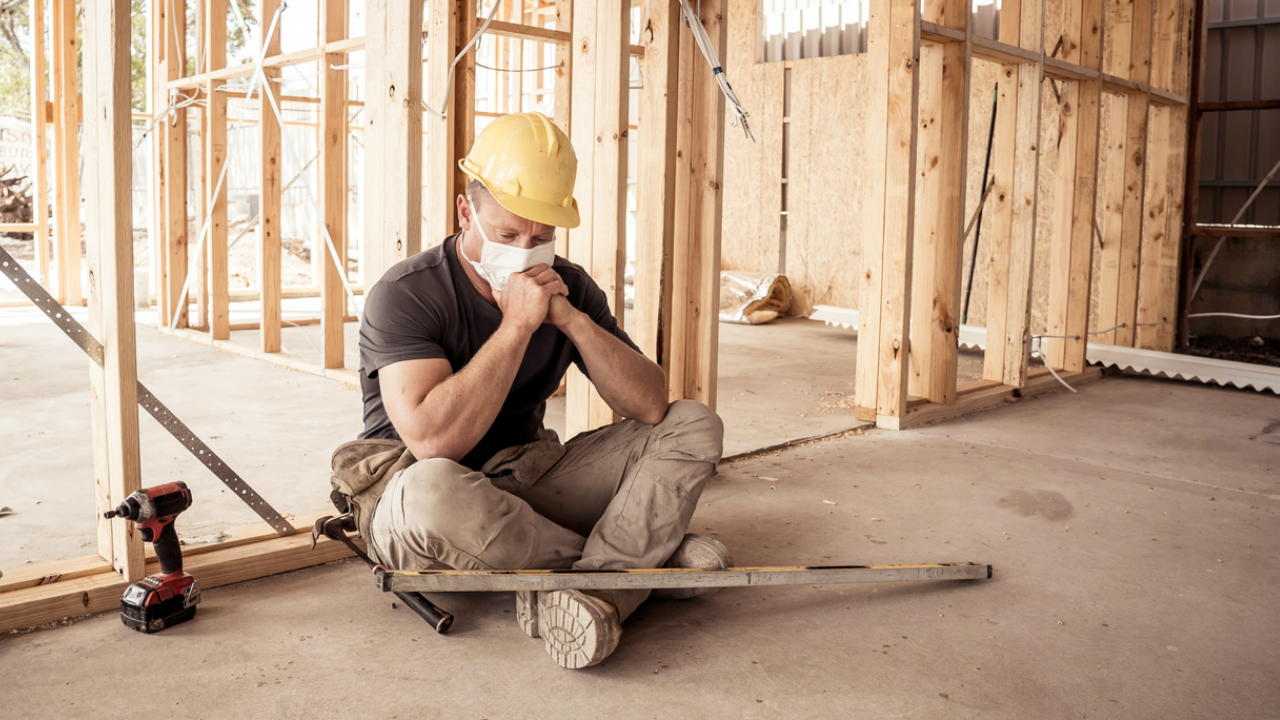The Queensland Government recently announced a $600m injection of new construction investment to try to keep the cogs of our industry turning. A welcome contribution, no doubt, but unfortunately not enough in the face of a deep, double-digit recession.
The Queensland Government recently announced a $600m injection of new construction investment to try to keep the cogs of our industry turning. A welcome contribution, no doubt, but unfortunately not enough in the face of a deep, double-digit recession.
Assuming the money is spent quickly—within, say, six months—the package amounts to only 3% of the total value of work done in the state. It’s therefore unlikely to be the government’s last word on construction this year. The feds are also likely to kick-in some stimulus of their own.
So I think there is more to come.
With that in mind, it’s important to remember that it matters not just that governments spend, but how they spend. The types of projects in which governments invest will be the deciding factor in whether the stimulus works.
They have two basic choices: civil projects (roads, rail, utilities, etc) or buildings (schools, hospitals, social housing, etc).
Building sector most vulnerable
The building trades account for the lion’s share of the industry’s employment, while the civil sector has a much smaller labour footprint. There’s around seven tradies for every one civil construction worker in Queensland.
So a dollar spent on civil works simply creates far fewer jobs than a dollar spent on building. This should give you a hint as to where government should be training its fiscal cannon.
But there’s more to the story.
Building activity was already collapsing prior to the pandemic – the 18 months to Christmas saw more than $2 billion pulled out of that sector. This means surplus capacity was already developing among builders when the pandemic hit.
As well, building activity is 90% privately funded, so it is far more sensitive to a recession than the civil sector, which runs on a 50/50 private-public split.
This makes a pretty strong case for favouring the building sector with any stimulus. It will be hardest hit during the recession, and its large concentration of workers means it will determine the outcome for the industry as-a-whole.
Current stimulus has it the wrong way around
Two-thirds of Queensland’s $600m package is directed to civil construction, mainly roads. It’s easy to understand why: civil construction is the easier option for governments.
The public sector spends much more on civil projects than on buildings. Over the last few years only 20% of the public construction spend has gone into buildings. So allocating a third of the stimulus to building actually shows the government is trying to get the mix right.
But the basic problem remains: more civil projects won’t help the large rump of the industry most affected by the recession. And because half of the civil sector is already funded by government, it actually doesn’t need much additional investment right now.
This brings me to my final point: stimulating via the civil sector may actually do more harm than good.
The risks of infrastructure stimulus
The civil sector is already operating close to capacity. Pumping more money into any industry that is operating close to full capacity will create labour shortages (and push up prices).
Some people think this extra demand could create much-needed employment for workers displaced from other industries.
This is a dangerous idea.
Reallocating workers between sectors as a short-term fix can create long-term problems because labour is sticky – once it moves, it’s hard to un-ring that bell.
The mining boom was a classic example. Hordes of workers were diverted into a boom that was temporary. When the bust came, many of those workers found it very hard to find a place in the ‘return to normal’ because the world had moved on.
The lesson is to avoid creating major labour market distortions to solve a temporary problem. The aim should be to preserve workers’ attachment to their pre-COVID occupations wherever possible. That’s why JobKeeper was designed as a business subsidy.
Moving displaced workers into civil construction to deal with this temporary crisis risks creating a situation where it will be very difficult to move those workers back into their home industries once the crisis has passed.
In effect, we will have destroyed a whole bunch of human capital that took years to build – and will take years to rebuild. This is one of the ways in which a recession can turn from being a sharp correction with a quick recovery, into an economic stupor that drags on for years.
Article By: Robert Sobyra



